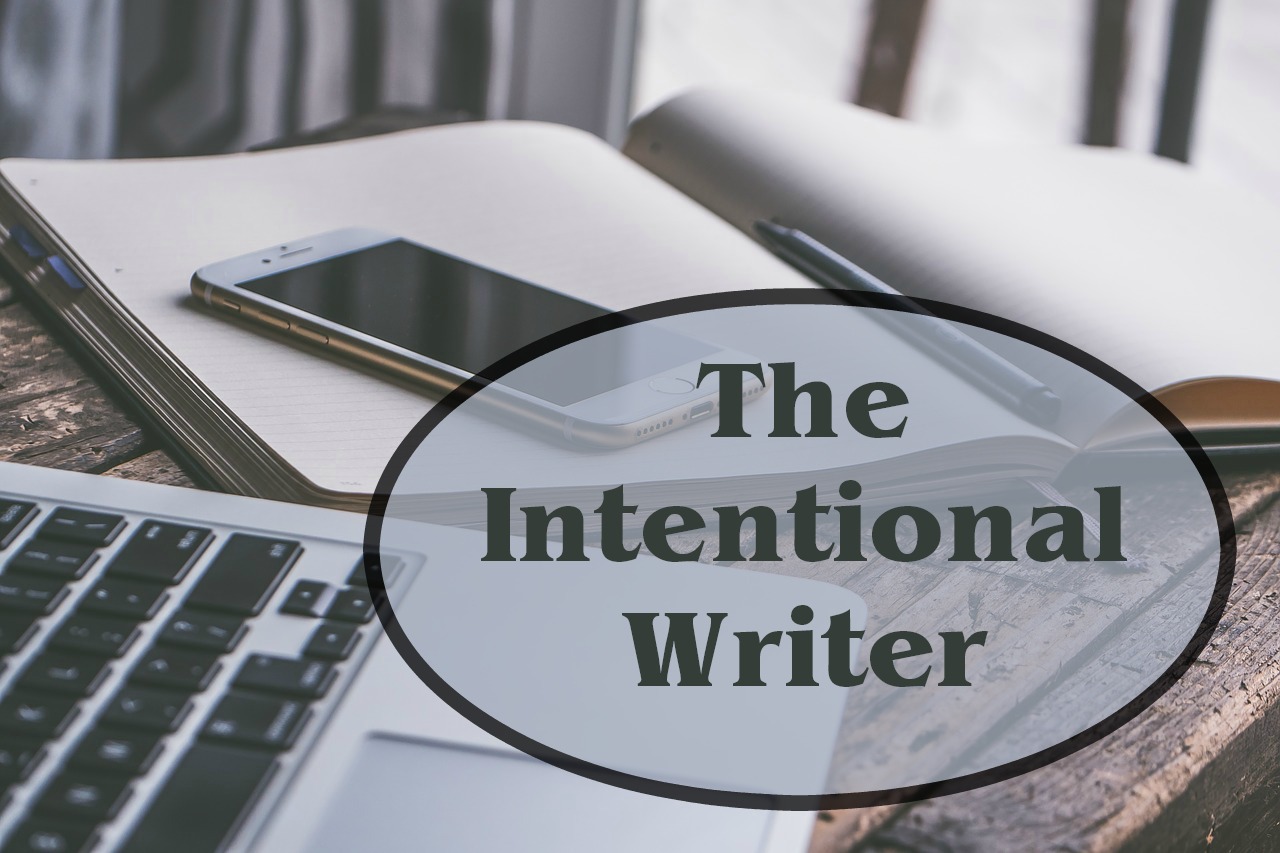As I was editing my latest WIP, I ran across several instances where my plot followed one character on a busy day while entirely ignoring another one. This is a problem, since these are not characters who will sit idly at home for a day waiting for their chance to do something!
Once I discovered my mistake, I had to rethink my timeline and revise several scenes in order to give the characters a plausible activity to keep them occupied.
What did this teach me? That it’s easy to lose track of off-screen characters.
And losing track of characters can come back to haunt you. Intelligent readers may notice that you haven’t mentioned what Mrs. X or Villain Y are up to, and make (possibly incorrect) assumptions about why you aren’t mentioning them, which may lead to later confusion.
Or even worse, you suddenly realize that you have a minor character showing up in two different places at the same time. Oops.
Fortunately, there’s simple solution for this problem.
Create a comprehensive timeline
I write mysteries, so timing is critical. But whatever your genre, you need some way to keep track of what happens when.
The wise author creates a timeline to keep track of when each scene occurs. I’ve created timelines for all my novels, but what I’ve been doing isn’t enough. I was only keeping track of the characters who were in the scenes.
What I will be doing from now on is also keeping track of what the other characters are up to each day.
This doesn’t mean I need to invent stories for what every character is doing every day. But I will keep track of where I left each character. And that will help me spot gaps when I’ve been ignoring them, or when I forget to move them from one place to another.
Benefits of a comprehensive timeline
- A one-stop resource to keep track of who is where when and what they’re up to
- Highlights when you have too much or too little happening on a specific day. Or when you have a long time span between scenes.
- Highlights when you’ve ignored a character for too long
- Points out gaps in the plot when you’ve forgotten to give a major character something to do.
- Forces you to pay attention to what the bad guys are doing while the good guys are busy trying to track them down.
- Helps keep track of where minor characters are and what errand you last sent them on.
How to make a timeline
How you create the timeline is up to you. You don’t need to make it “to scale” with an even amount of space for each day. When things are happening rapidly, you might need increments smaller than a day. Or you might jump five years between scenes. Do whatever makes sense for your plot.
Here are some suggestions for different mediums you might use:
- Find a large space like the dining room table and use sticky notes. When you’re finished, take photos.
- Use fine-tipped dry erase pens to write everything on a large white board, window, or a full-length mirror. (True story: My son used the mirror on the door of his dorm room to study for tests. It works like a dry erase board.)
- Tape notebook paper together until you have enough room to write in all the info. (Or use a roll of craft paper.)
- Create a spreadsheet.
- Create a table in your word processor. This is what I’ve done in the past. Like a spreadsheet, it can be color-coded to keep track of POV or whatever.
Whatever medium you use, here are some suggested types of information you may want to include:
- Day. You can use calendar dates if you like. I keep track of days elapsed, with Day One being the start of the novel. If important events happen just before the novel opens, you might want to begin numbering there instead.
- Time of day. If a lot happens in a short amount of time, you might need to keep track of the hour, or even the minute. (I know from personal experience that it’s easy to write scenes from two different POVs that were supposed to intertwine, but didn’t because I wasn’t keeping careful track of the minutes.)
- Plot. A brief description of each scene. Just enough so you remember what’s going on
- Setting. Keeping track of the specific room or area can help you notice if you’re overusing certain ones.
- Key information revealed in the scene
- Current theory or goal. In a mystery, the MC’s theory about the crime changes as she learns new information. It’s helpful to keep track of who she thinks is guilty as the plot progresses.
- Where off-screen characters are and what they’re doing. You may want to make several columns to keep track of different types of characters, such as villains, suspects, servants, rivals, etc.
- Important plot structure points such as inciting incident or point of no return.
This may sound like a lot of work, but it’s time well spent. When I’m editing my WIP, I frequently refer back to my timeline to check details, particularly how long ago something happened. My timeline also serves as a brief scene list that I can use to revise and rearrange the action.
Do you create a timeline for your novels? What tools help you stay on track with your story?

Lisa E. Betz worked as an engineer, substitute teacher, and play director before becoming an award-winning mystery writer. She brings her analytical mind, quirky humor, and positive outlook to all she writes. She draws inspiration from thirty-five years of leading Bible studies to create entertaining mysteries set in the world of the early church, and then she fills that world with eccentric characters, independent females, and an occasional sausage-snatching cat. Her first novel, Death and a Crocodile, garnered a gold medal in the Illumination Book Awards.
In addition to writing novels, Lisa blogs about living with authenticity and purpose. Visit her at www.lisaebetz.com. Facebook LisaEBetzWriter Twitter @LisaEBetz and Pinterest Lisa E Betz Intentional Living.




No Comments